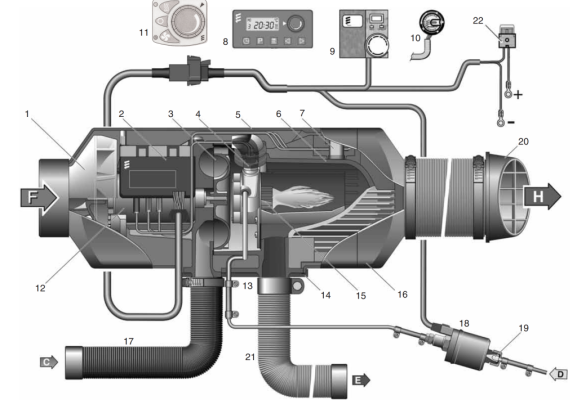paulga
Guru
- Joined
- May 28, 2018
- Messages
- 981
- Location
- United States
- Vessel Name
- DD
- Vessel Make
- Marine Trader Sundeck 40'
In a video the Youtuber gave an advice that the restriction of air intake should be reduced. Following this advice, I'm considering using a 30mm ID intake hose with a 30 to 24mm reducer, instead of the 24mm aluminum hose that came with the heater. The air intake will draw air from salon inside for easier installation. heatso website has too many options leaving me confused so I want to get some clue here.
Where can I buy one of the two recommended hoses shown below and the reducer:

what is the name of the air filter and the adapters as shown below:


video source: www.youtube.com/watch?v=NCAzEDWwU8c
Where can I buy one of the two recommended hoses shown below and the reducer:
what is the name of the air filter and the adapters as shown below:
video source: www.youtube.com/watch?v=NCAzEDWwU8c

